
Index for Contents on This Page:
Applications & Benefits of GAO’s RFID, BLE, IoT & Drones for the Cattle Ranching and Farming
GAO’s Assists Clients with Standards, Mandates & Regulations of the Cattle Ranching and Farming
GAO Software Provides Easy Integration with API
Case Studies of RFID Applications
GAO RFID Systems & Hardware for the Cattle Ranching and Farming
Related Products & Systems on Other Pages on This Website
People Tracking System for Manufacturing Facilities
Employee & Attendance Access Control System
Return & Pallet Asset Tracking – GAO RFID
Work In Process WIP Asset Tracking System
BLE | Bluetooth Low Energy | BLE Gateways & Beacons – GAO RFID
RFID Readers | Buy RFID Readers | RFID Reader Writers – GAO RFID
RFID Tags | Buy RFID Tags – GAO RFID
People Tracking RFID Tags and Wristbands
Overview
Cattle ranching and farming are two separate but related industries that involve the breeding, raising, and selling of livestock for various purposes. Cattle ranching primarily focuses on raising cattle for meat production, while farming typically involves the cultivation of crops and the raising of animals for dairy or egg production. Both industries play a significant role in agriculture and food production worldwide.
GAO’s RFID, BLE, IoT, and drone technologies have helped its customers in the cattle ranching and farming Industry to improve their work processes, their operations and productivity by better management of their staff, materials and operational equipment such as tractors, trucks, trailers, loaders, balers, mowers, plows, harrows, cultivators, seeders, sprayers, irrigation systems, and feeding equipment such as troughs and feeders.
Ranked as one of the top 10 global RFID suppliers, GAO RFID Inc. is based in New York City, U.S. and Toronto, Canada. GAO offers a comprehensive selection of UHF, HF (including NFC) and LF RFID (radio frequency identification) readers and tags, BLE (Low Energy Bluetooth) gateways and beacons, and various RFID and BLE systems such as people tracking, asset tracking, access control, parking control, fleet management, WIP (work in progress), traceability. Such RFID and BLE products and systems, as well as its IoT and drone technologies, have been successfully deployed for the cattle ranching and farming industry.
Applications & Benefits of GAO’s RFID, BLE, IoT & Drones for the Cattle Ranching and Farming
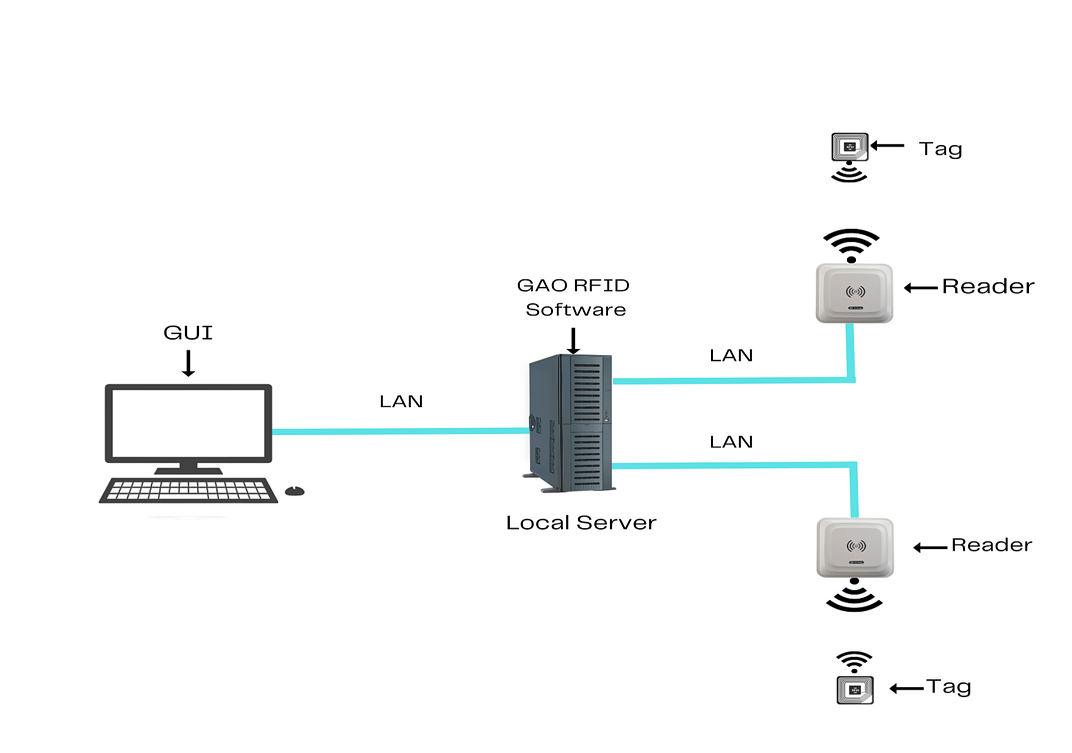 To satisfy its customers, GAO’s RFID or RFID Systems for the cattle ranching and farming industry are offered in 2 versions. One version is that its software is running on a local server, and another version is that its software runs in the cloud. The above illustrates GAO system for the cattle ranching and farming industry with its software running on a local server.
To satisfy its customers, GAO’s RFID or RFID Systems for the cattle ranching and farming industry are offered in 2 versions. One version is that its software is running on a local server, and another version is that its software runs in the cloud. The above illustrates GAO system for the cattle ranching and farming industry with its software running on a local server.
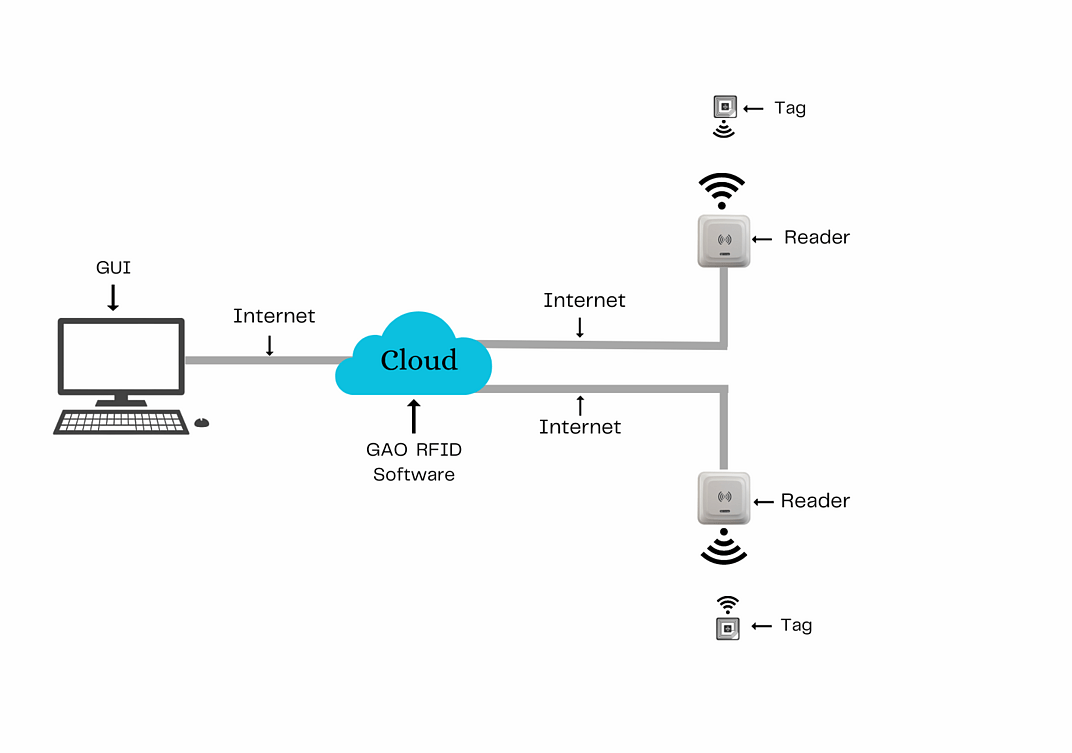 The above illustrates GAO system for the cattle ranching and farming industry with its software running in cloud.
The above illustrates GAO system for the cattle ranching and farming industry with its software running in cloud.
GAO’s RFID technologies bring the many benefits to the cattle ranching and farming:
- Improved animal tracking and management: GAO’s RFID can be used to track individual animals, monitor their health, and manage their movements within a ranch or farm.
- Increased operational efficiency: Our RFID can streamline inventory management, reduce labor costs, and improve data accuracy, leading to increased operational efficiency.
- Better supply chain management: RFID track products from the farm to the consumer, reducing waste, and increasing transparency.
- Improved breeding and genetic selection: RFID can track the performance of individual animals and collect data that can be used to identify the best-performing animals.
- Enhanced food safety and quality: GAO’s RFID can track and monitor the production of meat, dairy, and other food products.
GAO’s BLE technologies offer longer reading range and particularly attractive for applications with larger workspaces within the cattle ranching and farming:
- Increased profitability: GAO’s BLE can help ranchers and farmers increase profitability and achieve long-term success.
- Better resource management: our BLE can provide real-time information on water and feed consumption, environmental conditions, and livestock health.
- Improved data analysis: GAO’s BLE-enabled devices can collect large amounts of data to identify trends, patterns, and opportunities for optimization and improvement.
- Enhanced automation: BLE-enabled sensors and devices can automate various tasks such as monitoring environmental conditions and improving operational efficiency.
- Improved safety and security: GAO BLE can help to ensure the safety and security of their livestock and facilities by providing real-time monitoring of potential hazards.
GAO’s RFID and drone technologies are often combined, and such solutions offer the following benefits to the cattle ranching and farming:
- Improved biosecurity: Drones equipped with RFID readers can identify sick animals and isolate them from the herd.
- Reduced environmental impact: Drones equipped with GAO’s RFID readers can help ranchers and farmers reduce the environmental impact of their operations by optimizing grazing patterns and reducing overgrazing.
- Faster data collection: Drones can quickly cover large areas and collect data from many RFID tags in a short amount of time, enabling faster and more comprehensive data collection.
- Reduced labor costs: Using drones to scan RFID tags can significantly reduce the labor costs associated with manual animal tracking and monitoring.
- Improved data accuracy: Drone-mounted RFID readers can provide more accurate and up-to-date data on animal movements and behavior.
Here are benefits of GAO’s IoT technologies to the cattle ranching and farming:
- Improved traceability: IoT sensors can track individual animals throughout their lifecycle, providing detailed information on each animal’s history and provenance.
- Increased transparency: GAO’s IoT sensors can provide real-time data on farm operations.
- Real-time data collection: IoT sensors can collect data in real-time, enabling ranchers and farmers to make more informed decisions and respond quickly to changes in their operations.
- Enhanced food safety: Gao IoT sensors can monitor food storage and processing conditions, ensuring that food products are stored and processed in a safe and hygienic manner.
- Increased supply chain efficiency: Our IoT sensors can track the movement of animals and products throughout the supply chain.
GAO’s Assists Clients with Standards, Mandates & Regulations of the Cattle Ranching and Farming
GAO RFID Inc. has developed its products and systems in compliance with industry standards and mandates. GAO has assisted our customers in the cattle ranching and farming industry to deploy RFID, BLE, IoT and drone systems and to ensure such deployments complying with applicable industry standards, U.S. government regulations and Canadian government regulations such as:
RFID, BLE, IoT, & Drone Standards & Mandates
- Animal Disease Traceability (ADT) Program: Requires the use of RFID ear tags for certain categories of cattle moving interstate.
- Food Safety Modernization Act (FSMA): Requires that food producers use best practices in food safety, which can be facilitated using IoT sensors and data analytics.
- Canadian Food Inspection Agency (CFIA) regulations: Require the use of RFID tags and other technologies to monitor animal health and track food products.
- Federal Aviation Administration (FAA) regulations: Regulates the use of drones for commercial purposes in the United States.
- Canadian Aviation Regulations (CARs): Regulate the use of drones for commercial purposes in Canada.
- International Organization for Standardization (ISO) 18000-6C standard: Defines the technical requirements for RFID tags used in animal identification and traceability.
- Unmanned Aircraft System (UAS): Regulations governing the use of drones in agriculture, including rules for safety, privacy, and drone pilot certification.
- Canadian Cattle Identification Agency (CCIA): Mandates the use of RFID ear tags for all cattle over 18 months of age for traceability and food safety purposes.
- Institute of Electrical and Electronics Engineers (IEEE) 802.15.4 standard: Defines the technical requirements for low-power, low-data-rate wireless networks.
- National Institute of Standards and Technology (NIST) Cybersecurity Framework: Provides guidelines for securing IoT devices and data, which is critical for protecting the privacy and security of data.
US. Government Regulations
- Federal Meat Inspection Act (FMIA): The FMIA requires that all meat products sold in the U.S. be inspected for safety and quality by the USDA.
- National Environmental Policy Act (NEPA): Requires federal agencies to assess the environmental impacts of proposed projects before they can be approved or funded.
- Endangered Species Act (ESA): Protects threatened and endangered species, including some that are native to grazing lands and may be impacted by ranching and farming activities.
- Clean Water Act (CWA): Regulates the discharge of pollutants into U.S. waters, including those that may result from agricultural activities such as fertilizer and manure application.
- Occupational Safety and Health Administration (OSHA) Standards: OSHA sets workplace safety and health standards across industries, including agriculture. These standards cover aspects such as machinery safety, chemical handling, and personal protective equipment, aiming to protect workers on cattle ranches and farms.
- The Animal Welfare Act (AWA): Animal Welfare Regulations sets standards for the humane treatment, handling, housing, and transportation of animals.
Canadian Government Regulations
- Canadian Agricultural Loans Act: Provides loans to farmers for capital purchases and other agricultural-related expenses.
- Health of Animals Regulations: Requires ranchers and farmers to follow specific guidelines for the health and welfare of their animals.
- Canadian Food Inspection Agency: Responsible for the enforcement of food safety standards, regulations, and testing meat products to ensure they are safe for consumption.
- Farm Income Protection Program: Provides financial assistance to farmers facing income loss due to unforeseen circumstances.
- Pesticide Management Regulatory Agency: Regulates the use of pesticides and ensures they are safe for human health and the environment.
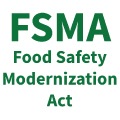 Food Safety Modernization Act
Food Safety Modernization Act
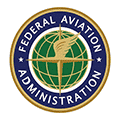 Federal Aviation Administration
Federal Aviation Administration
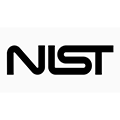 National Institute of Standards and Technology
National Institute of Standards and Technology
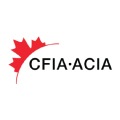 Canadian Food Inspection Agency
Canadian Food Inspection Agency
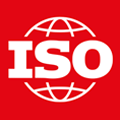 International Organization for Standardization
International Organization for Standardization
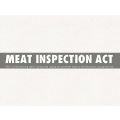 Federal Meat Inspection Act
Federal Meat Inspection Act
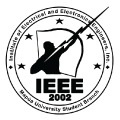 Institute of Electrical and Electronics Engineers
Institute of Electrical and Electronics Engineers
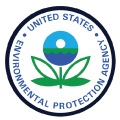 National Environmental Policy Act
National Environmental Policy Act
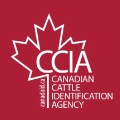 Canadian Cattle Identification Agency
Canadian Cattle Identification Agency
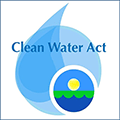 Clean Water Act
Clean Water Act
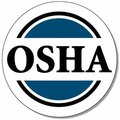 Occupational Safety and Health Administration
Occupational Safety and Health Administration
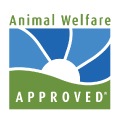 Animal Welfare Association
Animal Welfare Association
GAO Software Provides Easy Integration with API
GAO’s RFID and BLE software offers a free trial for both the server-based and cloud versions, and offers an API to the important systems in the cattle ranching and farming industry such as
Personnel Management:
- Employee scheduling and task management
- Payroll management and compensation
- Employee training and certification tracking
- Safety and compliance training
- Performance evaluation and management
Equipment Management:
- Maintenance scheduling and tracking for farm machinery and vehicles
- Asset tracking and inventory management of farm equipment
- Equipment performance monitoring and diagnostics
- Fuel and resource consumption tracking
- Preventative maintenance and failure analysis
Access Control:
- Access control for sensitive areas such as feed storage or livestock pens
- Visitor management and check-in/out
- Identity and access management for employees and contractors
- Security camera monitoring and recording
- Livestock movement tracking
Warehouse Management:
- Inventory control and tracking of animal feed, supplements, and medicines
- Warehouse layout and organization of animal feed, supplements, and medicines
- Order picking and fulfillment of animal feed, supplements, and medicines
- Shipping and receiving management of animal feed, supplements, and medicines
- Barcode scanning and labeling of animal feed, supplements, and medicines
Supply Chain Management:
- Vendor management and purchasing of animal feed, supplements, and medicines
- Production planning and scheduling of crops and livestock
- Quality control and assurance of crops and livestock
- Logistics and transportation management of crops and livestock
- Demand forecasting and inventory optimization of animal feed, supplements, and medicines
Other Applications:
- Soil and Crop Management
- Livestock Management and Tracking
- Financial Management and Reporting
- Irrigation and Water Management
- Weather Forecasting and Management
- Environmental Compliance and Sustainability Tracking
GAO has integrated its RFID, BLE, IoT and drone systems with some of leading software and cloud services in the cattle ranching and farming industry. Below are some of popular software and cloud services in the cattle ranching and farming industry.
- Agrian: A cloud-based software solution for farm management, including inventory management, compliance tracking, and record keeping.
- AgGateway: A non-profit organization that develops standards and promotes collaboration among agricultural technology providers, including software and cloud service companies.
- AgSquared: A cloud-based farm management platform that offers tools for crop planning, record keeping, and harvest management.
- AgBoost: A cloud-based software solution for livestock management, including tracking animal health, performance, and genetics data.
- AgVend: A platform for agricultural input purchasing, including seed, fertilizer, and chemical procurement.
- AgIntegrated: A software and hardware integration platform for precision agriculture, including data management, connectivity, and automation solutions.
- Farmwave: A platform for farm data management, including crop scouting, pest management, and yield forecasting.
- Fieldin: A platform for farm data management, including pest management, yield monitoring, and equipment tracking.
- HarvestPort: A platform for farm equipment and labor management, including rental and leasing services.
- Farm Market iD: A data and analytics platform for the agricultural industry, including farm data and customer profiling.
- Farmobile: A platform for collecting and analyzing farm data, including field mapping, equipment monitoring, and yield analysis.
- Traxall: A platform for equipment and fleet management, including maintenance tracking, fuel usage monitoring, and GPS tracking.
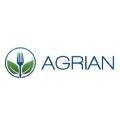 Agrian
Agrian
 AgGateway
AgGateway
 AgSquared
AgSquared
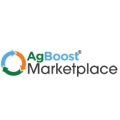 AgBoost
AgBoost
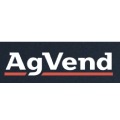 AgVend
AgVend
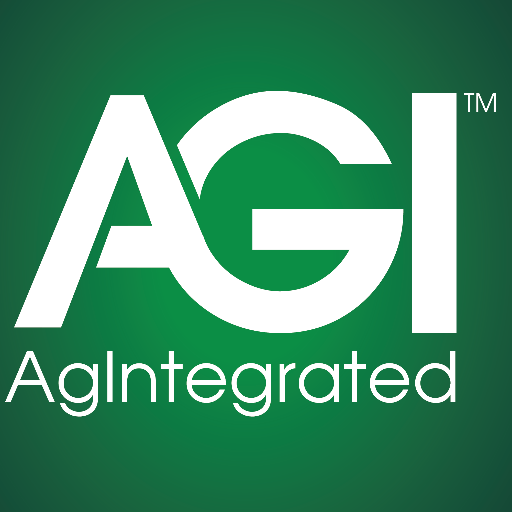 AG Integrated
AG Integrated
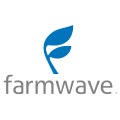 Farmwave
Farmwave
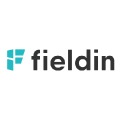 Fieldin
Fieldin
 HP
HP
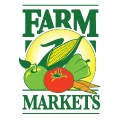 Farm Market ID
Farm Market ID
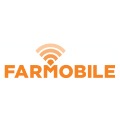 Farmobile
Farmobile
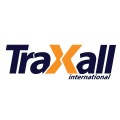 Traxall
Traxall
GAO has worked with some of the leading technology companies in the cattle ranching and farming in to provide integrated its RFID, BLE, IoT and drone solutions to customers. Here are some of the technology leaders in the cattle ranching and farming industry:
- Agworld: A cloud-based platform for farm management, including field and crop management, soil testing, and agronomy recommendations.
- AgriTrack: A software solution for managing livestock and equipment, including breeding and reproduction tracking, animal health management, and equipment maintenance.
- Agroptima: A mobile app and web-based platform for farm management, including field mapping, crop management, and harvest planning.
- CattleMax: A software solution for managing cattle, including herd management, breeding, and health tracking.
- Cropio: A cloud-based platform for precision agriculture, including crop monitoring, yield forecasting, and field mapping.
- FarmLogs: A software solution for farm management, including field mapping, crop management, and yield forecasting.
- Granular: A cloud-based platform for farm management, including field mapping, crop management, and financial planning.
- Livestocked: A mobile app and web-based platform for managing livestock, including breeding and reproduction tracking, animal health management, and feeding schedules.
- QuickBooks Enterprise: A software solution for managing finances, inventory, and payroll for small to medium-sized businesses, including those in the cattle ranching and farming industry.
- Xero: A cloud-based accounting software solution for small businesses, including those in the cattle ranching and farming industry, with features for invoicing, inventory management, and payroll.
- Trimble Ag Software: A software solution for farm management, including field mapping, crop management, and livestock management.
- Sage 100 Contractor: A software solution for construction and agricultural contractors, including those in the cattle ranching and farming industry, with features for project management, accounting, and payroll.
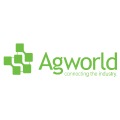 Agworld
Agworld
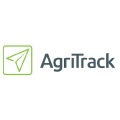 AgriTrack
AgriTrack
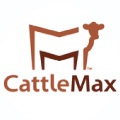 CattleMax
CattleMax
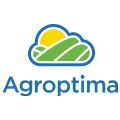 Agroptima
Agroptima
 Cropio
Cropio
 Granular
Granular
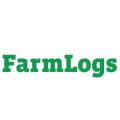 FarmLogs
FarmLogs
 QuickBooks
QuickBooks
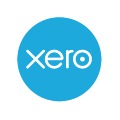 Xero
Xero
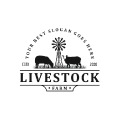 Livestock
Livestock
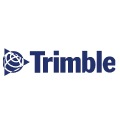 Trimble
Trimble
 Sage 100 Contractor
Sage 100 Contractor
Case Studies of RFID Applications
Below are some RFID application cases in the Cattle Ranching and Farming industry:
- Beef Traceability System Using RFID Technology: This case study implemented RFID technology to track and trace beef products from farm to fork. RFID tags were used to uniquely identify and track individual animals throughout their lifecycle, enabling improved traceability, food safety, and supply chain management.
- Precision Livestock Farming with RFID in Dairy Industry: This case study focused on implementing RFID technology in dairy farming. RFID tags were used to track individual cows, monitor their health and behaviour, and optimize feeding and milking processes. The data collected from the RFID tags helped improve overall herd management and productivity.
- RFID-Based Livestock Management in Large-Scale Beef Production: This case study explored the use of RFID technology for livestock management in large-scale beef production operations. RFID ear tags were utilized to identify and track individual animals, allowing for efficient monitoring of animal health, weight gain, and movement. The data collected helped ranchers make informed decisions and improve operational efficiency.
- RFID for Crop Yield Monitoring and Inventory Management: This case study explored the application of RFID technology in crop farming. RFID tags were used to track harvested crops, monitor inventory levels, and streamline logistics and supply chain operations. The RFID-enabled system provided accurate data on crop yields, helping farmers make informed decisions regarding harvesting, storage, and distribution.
- UHF RFID for Cattle Tracking and Inventory Management: This case study implemented UHF RFID technology for tracking and inventory management in a large-scale cattle ranch. UHF RFID ear tags were attached to individual cattle, allowing for automated identification and monitoring. The system enabled real-time tracking of animal movement, improved herd management, and streamlined inventory control.
- UHF RFID-enabled Grazing Management in Dairy Farming: This case study focused on using UHF RFID technology to enhance grazing management in a dairy farm. UHF RFID tags were attached to dairy cows, and UHF RFID readers were strategically placed in grazing areas. The system automatically tracked and recorded cow movements, helping farmers optimize grazing patterns, monitor forage consumption, and improve pasture management.
GAO RFID Systems & Hardware for the Cattle Ranching and Farming
GAO RFID Inc. offers the largest selection of BLE gateways, BLE beacons, RFID readers, tags, antenna, printers, and integrated RFID systems for various industries, including the Cattle Ranching and Farming industry.
BLE (Bluetooth Low Energy)
GAO offers advanced BLE gateways:
- BLE Gateway (Receiver)
as well as versatile beacons with such important functions as temperature, humility, vibration and panic button:
- BLE Tags/Beacons
GAO’s BLE technology is suitable for many industries, including the cattle ranching and farming.
UHF (Ultra High Frequency) RFID
GAO offers the largest selection of UHF RFID readers for various industries, including the cattle ranching and farming:
GAO RFID offers the widest choice of UHF RFID tags, labels, badges, wristbands for various industries, including the cattle ranching and farming:
and an array of antennas to address different applications:
HF (High Frequency), NFC (Near Field Communications) and LF (Low Frequency) RFID
GAO offers the largest selection of HF, NFC, and LF RFID readers for various industries, including the cattle ranching and farming:
- High Frequency 13.56 MHz Passive RFID Readers
- Low Frequency 134 kHz Passive RFID Readers
- Low Frequency 125 kHz Passive RFID Readers
HF, NFC and LF RFID tags, labels, badges, wristbands for various industries, including the cattle ranching and farming:
and antennas:
GAO also offers RFID printers:
Digital I/O adapters:
and relay controllers:
For embedded applications, GAO offers UHF, HF and LF RFID reader modules:
- UHF 860 – 960 MHz RFID Modules
- 13.56 MHz High Frequency RFID Modules
- 125 kHz Low Frequency RFID Modules
The RFID systems by GAO are highly popular for clients in the cattle ranching and farming:
Physical asset or operational equipment tracking system:
Assets that can be effectively tracked using GAO’s technologies include
- Tractors: Used for a wide range of tasks, including plowing, planting, harvesting, and hauling. Tractors come in various sizes and configurations to suit different farm operations.
- Combine Harvesters: Designed to harvest grain crops efficiently by cutting, threshing, and separating the grains from the straw or chaff.
- Balers: Machinery used to compress and bind crops such as hay, straw, or silage into compact bales for storage or transportation.
- Mowers: Equipment used to cut grass, hay, or other forage crops. They can be in the form of disc mowers, drum mowers, or flail mowers.
- Spreaders: Utilized to evenly distribute fertilizer, manure, or other soil amendments on fields for improved crop growth and nutrient management.
- Seeders/Planters: Equipment used to sow seeds into the soil with precision, ensuring proper spacing and depth for optimal crop growth.
- Irrigation Systems: Including sprinklers, drip irrigation, or center pivots, these systems provide controlled water supply to crops for better yield and efficient water usage.
- Livestock Handling Equipment: This includes items like cattle chutes, corrals, squeeze chutes, and head gates used to safely handle and restrain livestock during tasks such as vaccinations, branding, or medical treatments.
- Feeding Equipment: Includes bale processors, feed mixers, and feed wagons used to prepare and distribute feed to livestock, ensuring proper nutrition and efficient feeding.
- Fencing Equipment: This includes posts, wires, electric fences, and gates used to enclose pastures, separate grazing areas, and provide security for livestock.
- Milking Equipment: For dairy farms, milking machines, milk tanks, and automatic milking systems are used to efficiently extract and store milk from cows.
- Grain Storage Equipment: Silos, grain bins, or grain elevators are used to store harvested crops such as corn, wheat, or soybeans, protecting them from pests and moisture.
- Manure Management Equipment: This includes manure spreaders, composting equipment, or lagoon systems used to handle and manage livestock waste for proper disposal or nutrient recycling.
- Veterinary Equipment: This includes tools like stethoscopes, ultrasound scanners, castration equipment, and syringes used by veterinarians or farmers for animal health management and medical procedures.
People or workers tracking system:
Personnel or people access control system:
Parking or vehicle control system:
GAO Has Served the Cattle Ranching and Farming Extensively
GAO’s products and technologies have helped its customers in the cattle ranching and farming industry to achieve success in precision agriculture, data analytics, livestock traceability, animal welfare, soil health, genetic engineering.
GAO RFID Inc. has served many customers in the Cattle Ranching and Farming industry, including its various divisions such as
- Livestock production, including cattle, pigs, sheep, goats, and other animals raised for meat, dairy, and other products.
- Crop production, including grains, fruits, vegetables, and other crops grown for food, feed, and fiber.
- Agribusiness, including the manufacturing, distribution, and marketing of agricultural products, such as fertilizers, pesticides, and equipment.
- Agricultural services, including consulting, testing, and other professional services are provided to farmers and ranchers.
- Aquaculture, including the farming of fish, shellfish, and other aquatic animals.
Here are some of the leading companies in the cattle ranching and farming:
 JBS USA Holdings Incorporated
JBS USA Holdings Incorporated
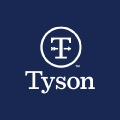 Tyson Foods Incorporated
Tyson Foods Incorporated
 Cargill Incorporated
Cargill Incorporated
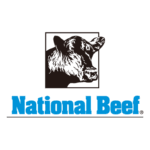 National Beef Packing Limited Liability Company
National Beef Packing Limited Liability Company
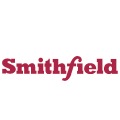 Smithfield Foods Incorporated
Smithfield Foods Incorporated
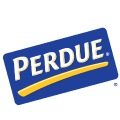 Perdue Farms Incorporated
Perdue Farms Incorporated
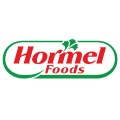 Hormel Foods Corporation
Hormel Foods Corporation
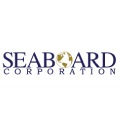 Seaboard Corporation
Seaboard Corporation
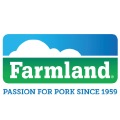 Farmland Foods Incorporated
Farmland Foods Incorporated
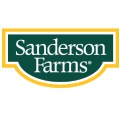 Sanderson Farms Incorporated
Sanderson Farms Incorporated
 Wayne Sanderson Farms Incorporated
Wayne Sanderson Farms Incorporated
 Parmalat Canada Incorporated
Parmalat Canada Incorporated
 Pilgrim’s Pride Corporation
Pilgrim’s Pride Corporation
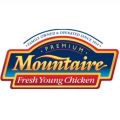 Mountaire Corporation
Mountaire Corporation
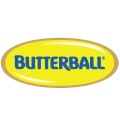 Butterball Limited Liability Company
Butterball Limited Liability Company
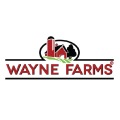 Wayne Farms Limited Liability Company
Wayne Farms Limited Liability Company
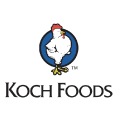 Koch Foods Incorporated
Koch Foods Incorporated
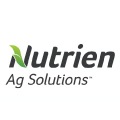 Nutrien Ag Solutions Incorporated
Nutrien Ag Solutions Incorporated
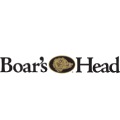 Boar’s Head Provisions Company Incorporated
Boar’s Head Provisions Company Incorporated
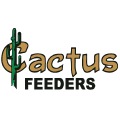 Cactus Feeders Incorporated
Cactus Feeders Incorporated
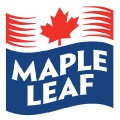 Maple Leaf Foods Incorporated
Maple Leaf Foods Incorporated
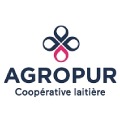 Agropur Cooperative
Agropur Cooperative
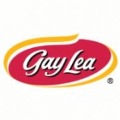 Gay Lea Foods Co-operative Limited
Gay Lea Foods Co-operative Limited
 Richardson International Limited
Richardson International Limited
